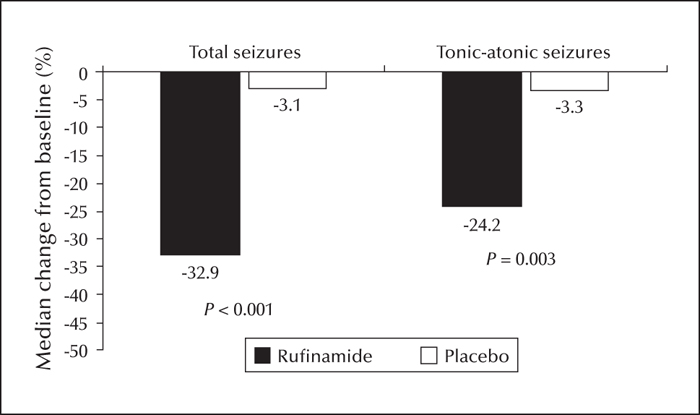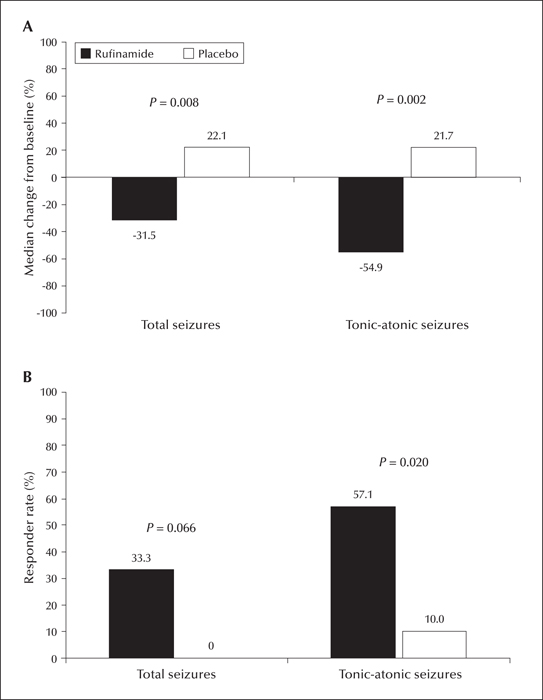Epileptic Disorders
MENURufinamide for the treatment of Lennox-Gastaut syndrome: evidence from clinical trials and clinical practice Volume 20, numéro 1, February 2018
- Mots-clés : antiepileptic drug, drop attack, epilepsy, epileptic encephalopathy, Lennox-Gastaut syndrome, rufinamide
- DOI : 10.1684/epd.2017.0950
- Page(s) : 13-29
- Année de parution : 2018
Rufinamide was granted orphan drug status in 2004 for the adjunctive treatment of seizures associated with Lennox-Gastaut syndrome in patients aged ≥4 years, and was subsequently approved for this indication in several countries, including Europe and the United States. Structurally unrelated to other antiepileptic drugs, rufinamide is thought to act primarily by prolonging the inactivation phase of voltage-gated sodium channels. Rufinamide was approved on the basis of an international, randomised, placebo-controlled Phase III trial, conducted in 138 patients with Lennox-Gastaut syndrome, which demonstrated its favourable tolerability profile and efficacy in significantly reducing the frequency of drop attacks and total seizures, compared with placebo. The effectiveness and safety/tolerability of rufinamide in treating seizures associated with Lennox-Gastaut syndrome have subsequently been confirmed in several other clinical trials and long-term extension studies. These findings are supported by ‘real-world’ data from a series of clinical practice studies conducted in Europe, the United States, and Korea. Rufinamide has been shown to be effective and generally well tolerated in children as young as one year and in adults. It is particularly effective as treatment for drop attacks and generalised tonic-clonic seizures, and it has been suggested that it might be preferred over other antiepileptic drugs as a second-line treatment for Lennox-Gastaut syndrome when drop attacks are frequent. The most common side effects of rufinamide treatment include somnolence, headache, dizziness, nausea, vomiting, and fatigue. No new or unexpected safety signals have emerged following long-term treatment with rufinamide, either in clinical trials or in clinical practice.




